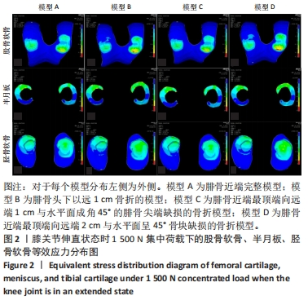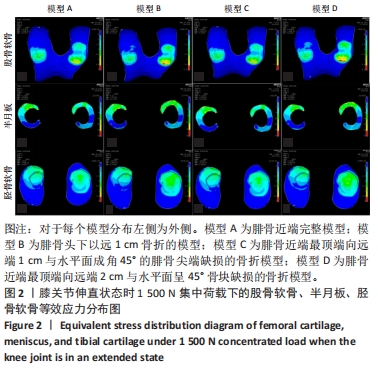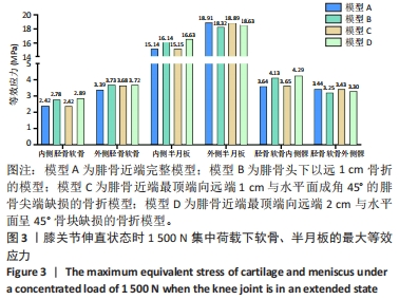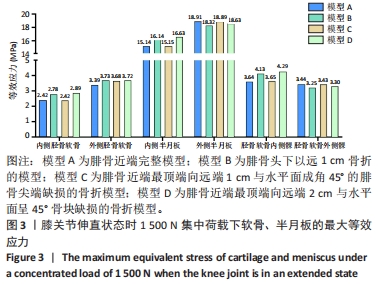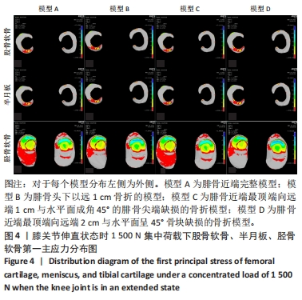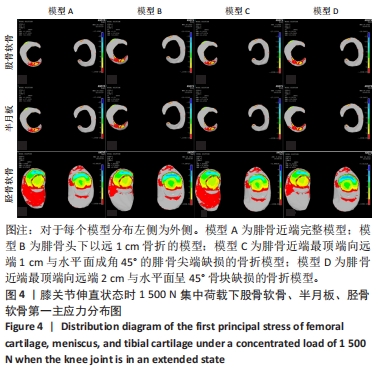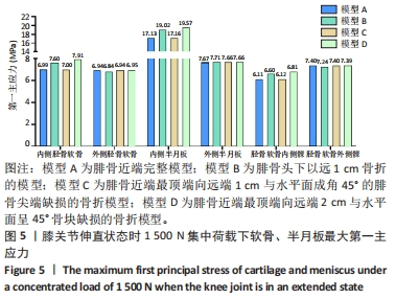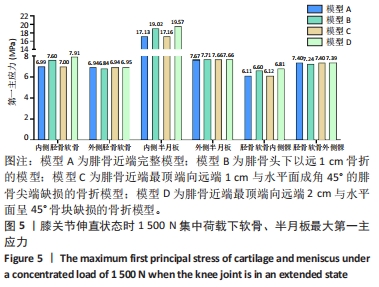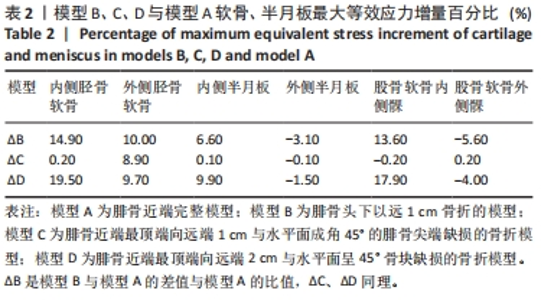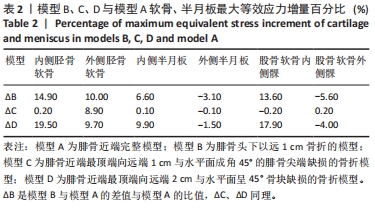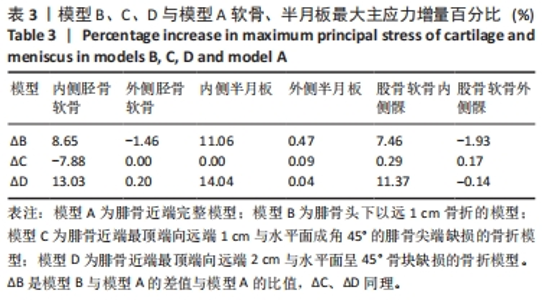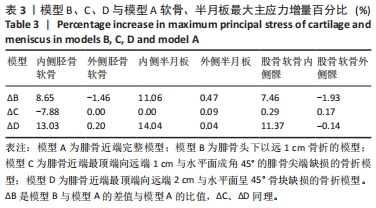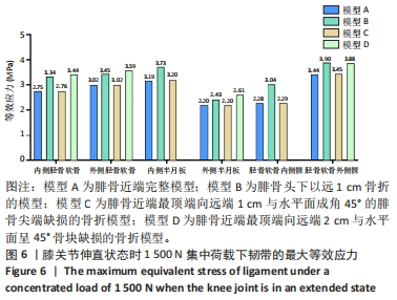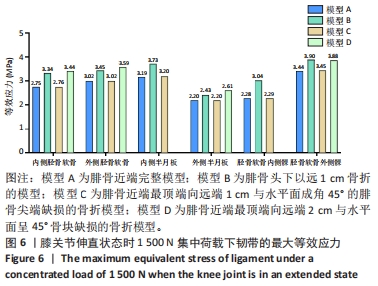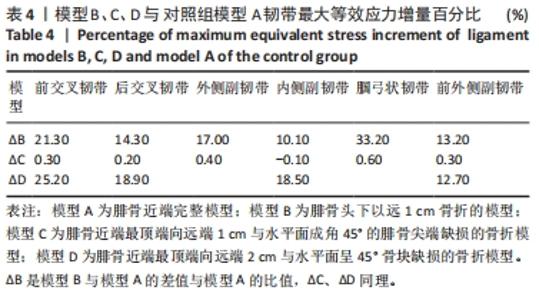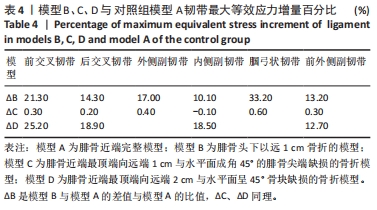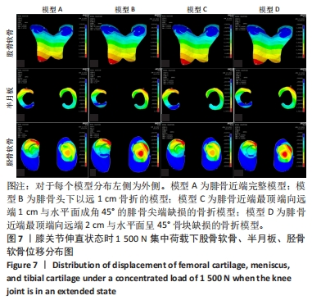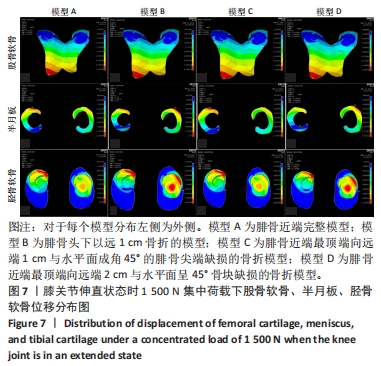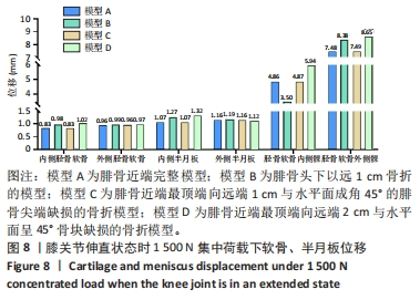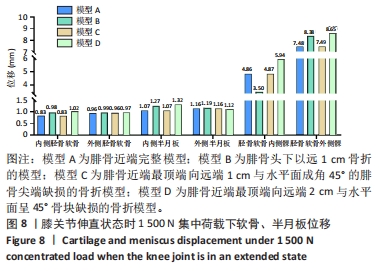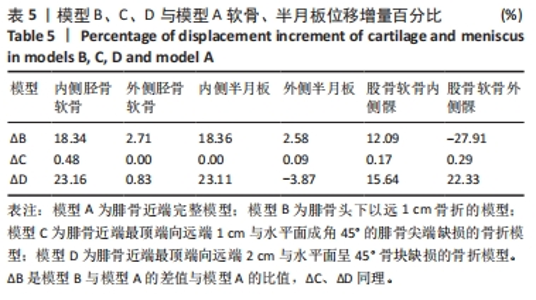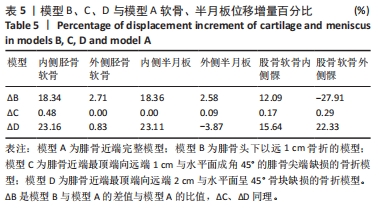[1] LIU Y, ZHANG Y, LIANG X, et al. Relative Incidence of Proximal Fibula Fractures with Tibial Plateau Fractures: An Investigation of 354 Cases. J Knee Surg. 2020; 33(6):531-535.
[2] XIE X, ZHAN Y, WANG Y, et al. Comparative Analysis of Mechanism-Associated 3-Dimensional Tibial Plateau Fracture Patterns. J Bone Joint Surg Am. 2020; 102(5):410-418.
[3] KOLODZIEJCZYK K, KULINSKI K, FEDOROWICZ K, et al. Difficulties in Treating Complex Knee Injuries with Fracture of Posterior Tibial Plateau. Ortop Traumatol Rehabil. 2018;20(4):293-300.
[4] MILENKOVIC S, MITKOVIC M, STOJILJKOVIC P, et al. Lateral tibial plateau fractures-functional outcomes and complications after open reduction and internal fixation. Int Orthop. 2021;45(4):1071-1076.
[5] ELABJER E, BENČIĆ I, ĆUTI T, et al. Tibial plateau fracture management: arthroscopically-assisted versus ORIF procedure - clinical and radiological comparison. Injury. 2017;48 Suppl 5:S61-S64.
[6] 张英泽, 李存祥, 李冀东, 等. 不均匀沉降在膝关节退变及内翻过程中机制的研究[J]. 河北医科大学学报,2014,35(2):218-219.
[7] 范鑫斌, 张岩, 杨铁毅, 等. 胫骨平台后外侧骨折3种内固定方式的有限元分析[J].中国组织工程研究,2014,18(22):3510-3516.
[8] 张岩,梁旭,范鑫斌, 等.三种固定方式修复胫骨平台后外侧骨折的生物力学比较[J].中国组织工程研究,2014,18(31):5011-5016.
[9] 董跃福, 牟志芳, 蒋胜波, 等. 膝关节有限元解剖模型的构建及其力学分析[J].临床骨科杂志,2015,18(6):686-692.
[10] FAN A, XU T, LI X, et al. Using anatomical landmarks to calculate the normal joint line position in Chinese people: an observational study. J Orthop Surg Res. 2018;13(1):261.
[11] PENA E, CALVO B, MARTINEZ MA, et al. A three-dimensional finite element analysis of the combined behavior of ligaments and menisci in the healthy human knee joint. J Biomech. 2006;39(9):1686-1701.
[12] 杨骏良,路坦,徐彪,等.前交叉韧带部分断裂对膝关节应力影响的三维有限元分析[J].中国组织工程研究,2024,28(9):1347-1353.
[13] REN S, SHI H, LIU Z, et al. Finite Element Analysis and Experimental Validation of the Anterior Cruciate Ligament and Implications for the Injury Mechanism. Bioengineering (Basel). 2022;9(10):590.
[14] KUTZNER I, HEINLEIN B, GRAICHEN F, et al. Loading of the knee joint during activities of daily living measured in vivo in five subjects. J Biomech. 2010;43(11): 2164-2173.
[15] ZHANG K, LI L, YANG L, et al. The biomechanical changes of load distribution with longitudinal tears of meniscal horns on knee joint: a finite element analysis. J Orthop Surg Res. 2019;14(1):237.
[16] ZHENG ZL, YU YY, CHANG HR, et al. Establishment of Classification of Tibial Plateau Fracture Associated with Proximal Fibular Fracture. Orthop Surg. 2019; 11(1):97-101.
[17] CHANG H, ZHENG Z, YU Y, et al. The degree of fracture displacement does not affect the risk for concomitant proximal fibular fractures in tibial plateau fractures. Int Orthop. 2021;45(11):2963-2971.
[18] 黄承. 胫骨平台不均匀沉降的影像学研究及其影响因素PTFJ倾斜角的相关分析[D]. 西安:中国人民解放军空军军医大学,2022.
[19] 张波, 张亚峰, 王洪, 等. 腓骨截骨在内侧疼痛膝关节骨性关节炎中的临床应用价值[J]. 中国老年学杂志,2021,41(16):3440-3443.
[20] CHAHLA J, MURRAY IR, ROBINSON J, et al. Posterolateral corner of the knee: an expert consensus statement on diagnosis, classification, treatment, and rehabilitation. Knee Surg Sports Traumatol Arthrosc. 2019;27(8):2520-2529.
[21] SCHUH R, PANOTOPOULOS J, PUCHNER SE, et al. Vascularised or non-vascularised autologous fibular grafting for the reconstruction of a diaphyseal bone defect after resection of a musculoskeletal tumour. Bone Joint J. 2014;96-B(9):1258-1263.
[22] FERRE LS, DI NISIO FG, MENDONCA CJA, et al. Comparative analysis of tibial plateau fracture osteosynthesis: A finite element study. J Mech Behav Biomed Mater. 2022;134:105392.
[23] 陈彦飞, 鲁超, 赵勇, 等. 基于CT影像动态膝关节有限元模型的构建及仿真力学分析[J] .中国骨伤,2020,33(5):479-484.
[24] 陈文栋, 李彦林, 许鹏, 等. 基于MRI建立膝关节前交叉韧带三维数字化模型[J]. 中国组织工程研究与临床康复,2011,15(52):9725-9728.
[25] 张秋月, 张春秋, 葛洪玉, 等. 膝关节三维有限元模型的建立及分析[J]. 天津理工大学学报,2015,31(3):27-30+34.
[26] 王琛, 张淞瑞, 黄龙鳌, 等.膝关节三维有限元模型的建立及腓骨截骨治疗骨关节炎机制 [J]. 中华实验外科杂志,2021,38(6):1169-1173.
[27] 宋艳. 膝关节后外侧复合体的数字解剖学及有限元生物力学研究[D]. 重庆:中国人民解放军陆军军医大学,2020.
[28] 高玉镭, 李佩佳, 王东辰, 等. 膝关节后外侧角损伤对前交叉韧带重建的影响[J]. 中国矫形外科杂志,2012,20(16):1455-1458.
[29] 吴长军. 切断膝关节后外侧角对后交叉韧带生物力学影响的有限元分析及验证[D]. 汕头:汕头大学,2010.
[30] SONODA N, CHOSA E, TOTORIBE K, et al. Biomechanical analysis for stress fractures of the anterior middle third of the tibia in athletes: nonlinear analysis using a three-dimensional finite element method. J Orthop Sci.2003;8(4):505-513. |
